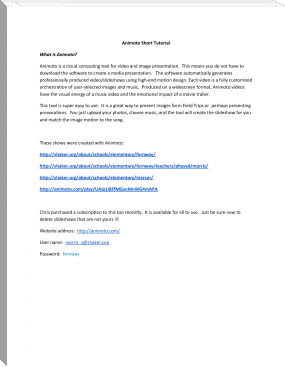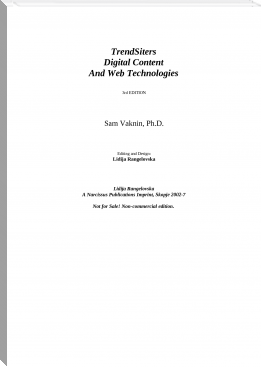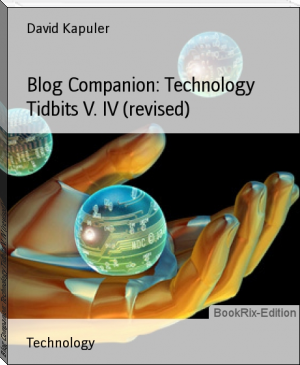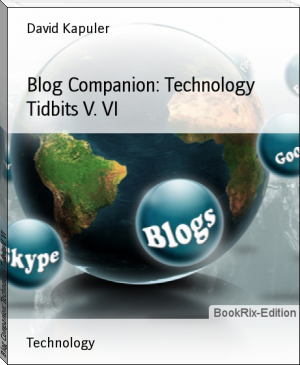Genre Technology & Engineering. Page - 2

Are you thinking of buying the perfect wireless ip security Camera that will keep you and your family safe and is 100% guaranteed? I believe the answer is yes. But the big question is how do you know which camera is the perfect wireless ip security Camera for you and your family and the safety of your office.

Marjory Walked pensively Along The Hall. In the Cool
Shadows Made By The Palms On The Window Ledge, Her Face
Wore The Expression Of Thoughtful Melancholy Expected on The
Faces Of The Devotees Who Pace In cloistered gloom. She Halted
Before A Door At The End Of The Hall And Laid Her Hand On The
Knob. She Stood Hesitating, Her Head Bowed. It Was Evident
That This Mission Was To Require Great Fortitude.

The goal of Software development projects with Scrum is to define, follow and achieve a consistent and shared goal in budget, time and in quality. Thereby, there are as well intrinsic as extrinsic problems to be managed. Furthermore, there are different types of projects to be distinguished and considered: commercial or non-commercial and distributed or co-located projects. Scrum is a methodology mainly to address intrinsic problems. Thereby, it heavily relies on cooperative work which is supported by Groupware (especially in projects that tend to be distributed). All Team members of the Scrum Team need information (knowledge with novelty character) on order to fulfill their tasks. Therefore, Information Management is important in Scrum projects. In order to support cooperative work in Scrum projects, there are several challenges to Information Management (IM). Some important challenges are:
1. IM must support a valorization of cooperation
2. IM must support quick and effortless information flows, Thereby, informal information is very important
3. IM must support sharing status, awareness, progress information on tasks and artifacts and program comprehension
4. IM must support smart decisions
5. IM must support a lightweight documentation
Based on an Information Management model that has been developed by the author, this paper shows the Information Elements that exist in Scrum projects and their requirements towards media in a first step. In a second step, the paper introduces conventional media and their coverage of the different requirements. Thereby, three main issues in Information Management are identified by the author:
1. Durability and distance reduction (especially in projects that tend to be distributed)
2. Support of Information Elements of implicit nature
3. Environment support
In a last step, the media support of the conventional media is being compared to the media support of Social Media and the results of the comparison are being interpreted. As a conclusion, Social Media can address the above issues in Information Management and replace or complement conventional media. Thereby, there are two main scenarios:
1. Internal Groupware: Social Media tools as Yammer, WordPress, BuddyPress or MediaWiki can be used for and cover the requirements of implicit and explicit Information Elements and replace or complement Instant Messenger tools like Lotus Sametime, Email tool like MS Exchange or Development Environments as the Atlassian Suite. Also face to face communication and the Wall can be complemented by Social Media tools, mainly in projects that tend to be distributed.
2. External Platforms: Social Media platforms as GitHub, BitBucket or SocialCast can be used for and cover the requirements of implicit and explicit Information Elements in non-commercial projects. Thereby, Social Media tools can replace or complement existing Development Environments, but also Instant Messenger tools like Lotus Sametime or Email tools like MS Exchange, mainly in projects that tend to be distributed.
Thereby, some drawbacks and important propositions have to be considered when using Social Media in Scrum projects. These drawbacks and propositions are highlighted within this work and have to be taken into consideration when using Social Media tools. Nevertheless, Social Media can replace or complement conventional tools (mainly in the above scenarios) and address the issues in Information Management with conventional media. Social Media can also contribute to address the challenges to Information Management named above and support resp. improve Information Management in Scrum projects. Therewith, Social Media can support cooperative work in Scrum projects. Thus, Social Media can support Scrum and contribute to the achievement of the goals of Scrum projects: to define, follow and achieve a consistent and shared goal in time, in budget and in quality.
These conclusions are to be studied in further projects.

Cloud Computing, the long-held dream of computing as a utility,
has the potential to transform a large part of the IT industry,
making software even more attractive as a service and shaping
the way IT hardware is designed and purchased. Developers
with innovative ideas for new Internet services no longer require
the large capital outlays in hardware to deploy their service
or the human expense to operate it. They need not be concerned
about over-provisioning for a service whose popularity
does not meet their predictions, thus wasting costly resources,
or under-provisioning for one that becomes wildly popular, thus
missing potential customers and revenue. Moreover, companies
with large batch-oriented tasks can get results as quickly as their
programs can scale, since using 1000 servers for one hour costs
no more than using one server for 1000 hours. This elasticity of
resources, without paying a premium for large scale, is unprecedented.





